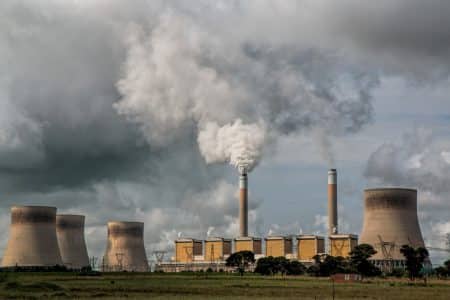A new era in high speed transport may be upon us - Dispatch Weekly
September 1, 2017 - Reading time: 4 minutes

Elon Musk’s futuristic Hyperloop transport system has managed to send one of its test pods at a speed of 220 miles per hour. This comes after a new record was set for the Hyperloop system in tests with speeds of around 200 miles per hour.
A collaborative effort from both SpaceX and Tesla’s design team has allowed this system to come into reality. The whole design is ingenious. Pods are placed into an almost airless tunnel. The system then sends the pods through the tunnel at unheard of speeds for passenger transportation. The lack of air in the tunnel means that air resistance is kept at almost zero, allowing for these incredibly high speeds. The goal for Musk and co is to be able to send freight and passengers down Hyperloop at speeds of around 1000 kilometres per hour, or 620 miles per hour.
The idea for Hyperloop in today’s carnation was first conceived and conveyed by Tesla and SpaceX boss, Elon Musk, in 2013. He was looking for a new way to send goods and people across land at high speeds. Tests began this week with prototype pods developed by various teams competing on a mile long test track near Los Angeles, California. It was a group of German students who developed the pod that won this competition.
On Instagram, Musk stated that these prototype pods were pushed along by a “pusher pod”. Once the prototype competition had finished, the Hyperloop team allowed the pusher pod to travel around the track on its own. It was this pusher pod that set the new record. However, the pod could not continue at the speed set as elements of the craft began to burn under the resistance.

He believes that if the track and pod can be optimised and tweaked, speeds of up to and maybe even over 300 miles per hour may be achievable. These test this week suggest that the technology utilised here is close to the top speed at which terrestrial transport technology can travel.
Currently, Shanghai’s magnetic levitation train is the fastest public transport in operation with an average operating speed of 155 miles per hour. However, it has a maximum speed of 267 miles per hour. Also in China is the Fuxing bullet train, which travels between Beijing and Shanghai. The operators of the train are allowing trains to reach speeds of up to 217 miles per hour, increasing to 250 miles per hour if improvements to the tracks can be completed and adequate testing can take place. These stats pale in comparison to those that have been proposed by Musk and his Hyperloop project.

Elon Musk and his various companies seem to be at the forefront of every technology, from Tesla and his high performing lithium ion battery powered cars; SpaceX and their recoverable spacecraft; and even SolarCity and their renewable energy generation. With Hyperloop, Musk could revolutionise the way we travel across land and the way we transport our goods as well.

DW Staff
David Lintott is the Editor-in-Chief, leading our team of talented freelance journalists. He specializes in covering culture, sport, and society. Originally from the decaying seaside town of Eastbourne, he attributes his insightful world-weariness to his roots in this unique setting.




